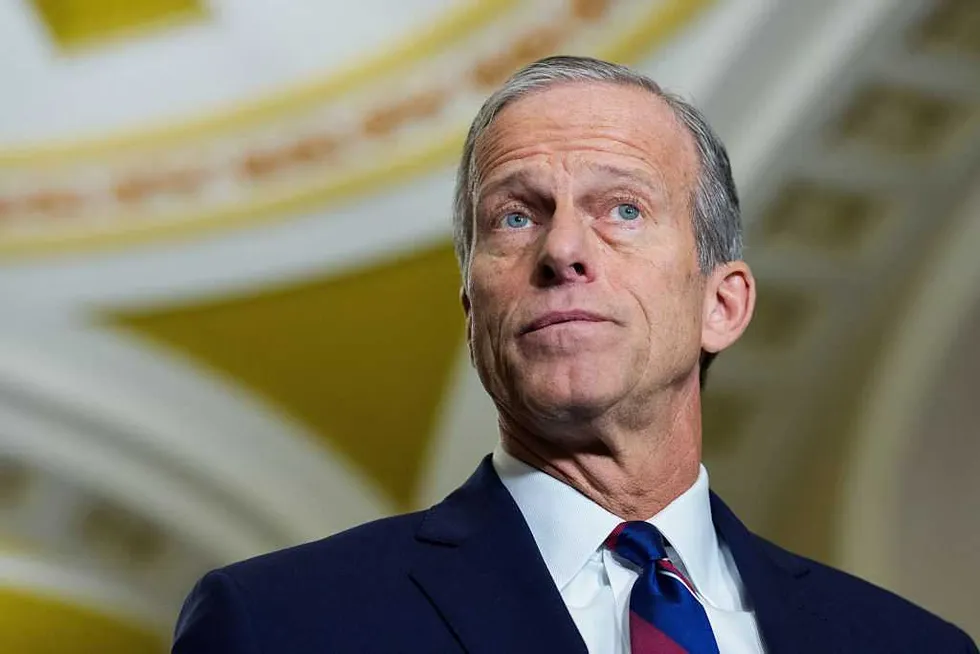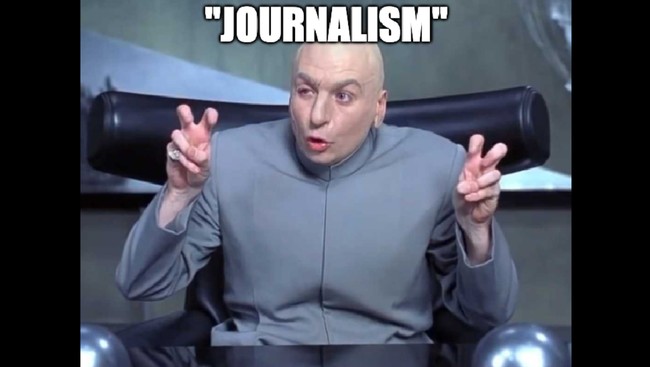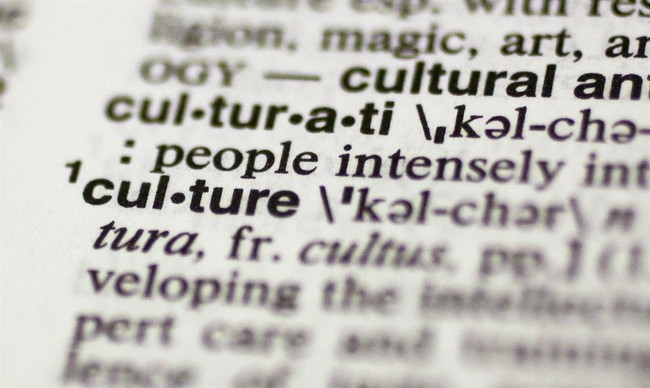
www.theblaze.com
Michigan fires football coach Sherrone Moore amid sex scandal
University of Michigan head football coach Sherrone Moore was in custody Wednesday night as a suspect in an alleged assault, only hours after his “inappropriate relationship with a staff member” was exposed and he was fired.“U-M head football coach Sherrone Moore has been terminated, with cause, effective immediately,” the school said in a statement. “Following a University investigation, credible evidence was found that Coach Moore engaged in an inappropriate relationship with a staff member.”“Sherrone Moore got fired yesterday and ended up in police custody because he melted down and crashed out. This is one of the most incredible crash-outs we’ve ever seen,” BlazeTV host Jason Whitlock says on “Fearless.”“What happened to Sherrone Moore? Absolutely amazing, breathtaking. You feel sorry for him. You want to laugh at him. You wonder, ‘How can you be this stupid?’ Well, men have been being this stupid for a long, long time,” Whitlock continues.“Getting promoted to a position of power, authority, and wealth, and using that power, authority, and wealth to have extramarital affairs or to participate in illicit sexual activity. Here’s the thing, though: If he had not lost to Ohio State on Thanksgiving weekend, Sherrone Moore would likely still be the head coach at the University of Michigan,” he adds.And Whitlock isn’t just saying that to say it, but rather explains that Michigan knew about the affair with the staffer.“He’s banging his assistant and traveling around with her, obviously under the auspices of ‘football business.’ There have been pictures floating around on Twitter of Sherrone Moore and her walking around the campus together in Ann Arbor, Michigan,” Whitlock says.“This scandal has been covered up for at least a month, if not a year,” he continues. “The rumors are — and it’s circulated all over social media, and people have been talking about this behind the scenes — that Sherrone Moore impregnated this woman ... talked her into ending the pregnancy, and then commissioned this pay raise for this woman, and now that he’s lost to Ohio State, now it all comes out, and Michigan has their excuse.”Want more from Jason Whitlock?To enjoy more fearless conversations at the crossroads of culture, faith, sports, and comedy with Jason Whitlock, subscribe to BlazeTV — the largest multi-platform network of voices who love America, defend the Constitution, and live the American dream.

















